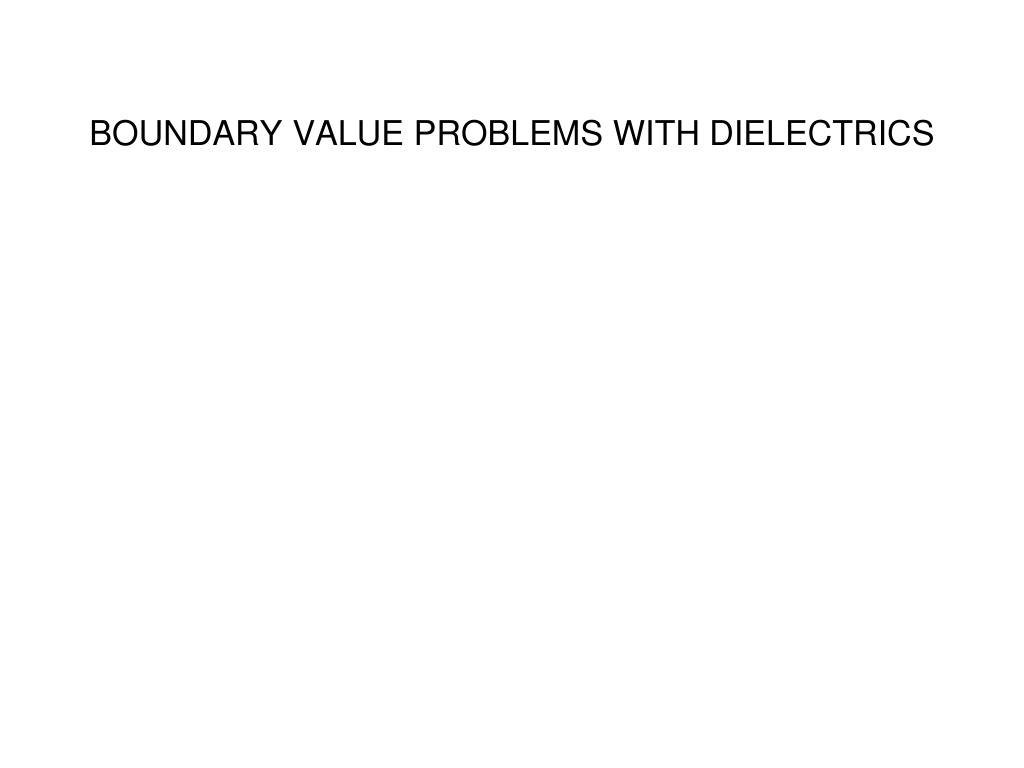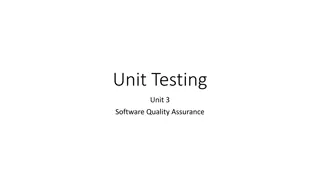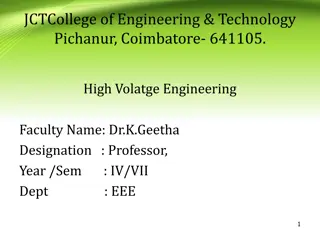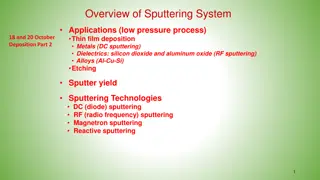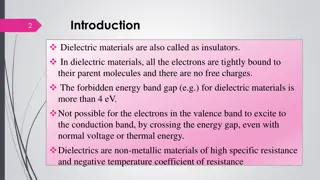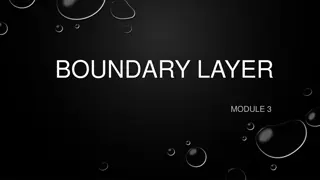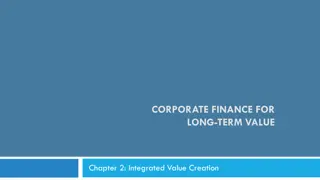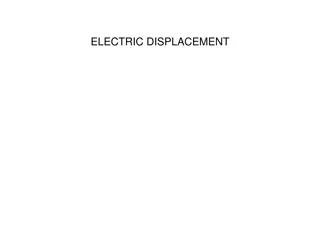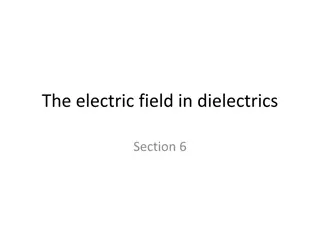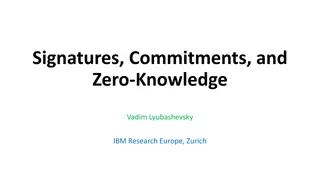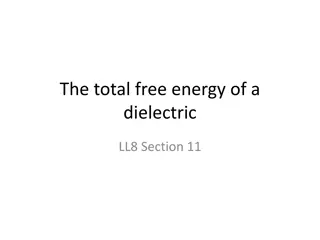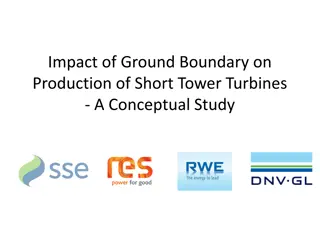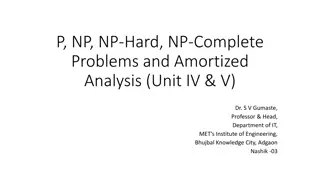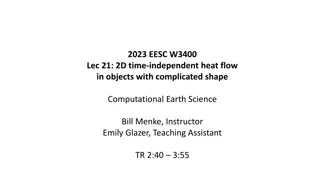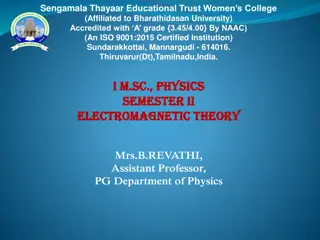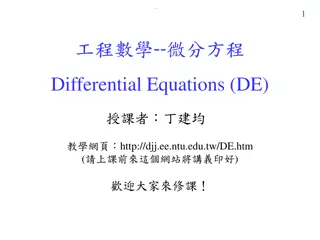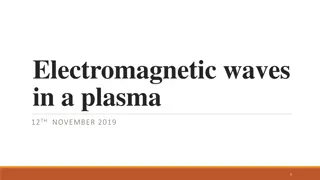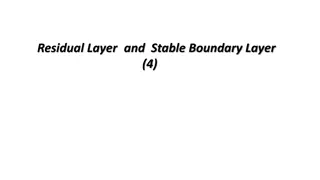BOUNDARY VALUE PROBLEMS WITH DIELECTRICS
Explore concepts of dielectrics in boundary value problems, understanding continuity of electric fields and surface charges across boundaries between different materials. Investigate relationships between field orientations and surface charges in uniform and dielectric spheres.
Download Presentation

Please find below an Image/Link to download the presentation.
The content on the website is provided AS IS for your information and personal use only. It may not be sold, licensed, or shared on other websites without obtaining consent from the author.If you encounter any issues during the download, it is possible that the publisher has removed the file from their server.
You are allowed to download the files provided on this website for personal or commercial use, subject to the condition that they are used lawfully. All files are the property of their respective owners.
The content on the website is provided AS IS for your information and personal use only. It may not be sold, licensed, or shared on other websites without obtaining consent from the author.
E N D
Presentation Transcript
4.10 a You have a straight boundary between two linear dielectric materials ( rhas one value above, another below, the boundary) There are no free charges in the regions considered. What MUST be continuous across the b ndary? i) E(parallel) ii) E(perpendicular) iii) D(parallel) iv) D(perpendicular) A) i and iii B) ii and iv C) i and ii D) iii and iv E) Some other combination!
Two different dielectrics meet at a boundary. The E field in each region near the boundary is shown. There are no free charges in the region shown. What can we conclude about tan( 1)/tan( 2)? A) Done with I B) Not yet 2 Region 2 ( ) E2 1 E1 Region 1 ( )
You put a conducting sphere in a uniform E-field. How does the surface charge depend on the polar angle ( )? 4.2 a a) Uniform + on top half, uniform on bottom b) cos( ) c) sin( ) d) Nothing simple, it yields an infinite series of cos s with coefficients.
4.2 b Now what if the sphere is a dielectric? How do you expect the bound surface charge to depend on the polar angle ( )? a) Uniform + on top half, uniform on bottom b) cos( ) c) Nothing simple, it yields an infinite series of cos s with coefficients.
4.10 b You have a boundary between two linear dielectric materials ( r has one value above, another below, the boundary) Choose the correct formula(s) for V at the boundary Vout-Vin=-stot A) B) Vout-Vin= 0 e0 eoutVout-einVin= -stot C) D) eoutVout-einVin= 0 e0 E) None of these, or MORE than one...
4.10 You have a boundary between two linear dielectric materials ( r has one value above, another below, the boundary) Define = r Choose the correct formula(s) for V at the boundary V nout V nin = tot 0 = free 0 V V A) B) nout nin eout V -ein V V nout V nin C) D) nout =-sfree out in = bound nin E) None of these, or MORE than one...
